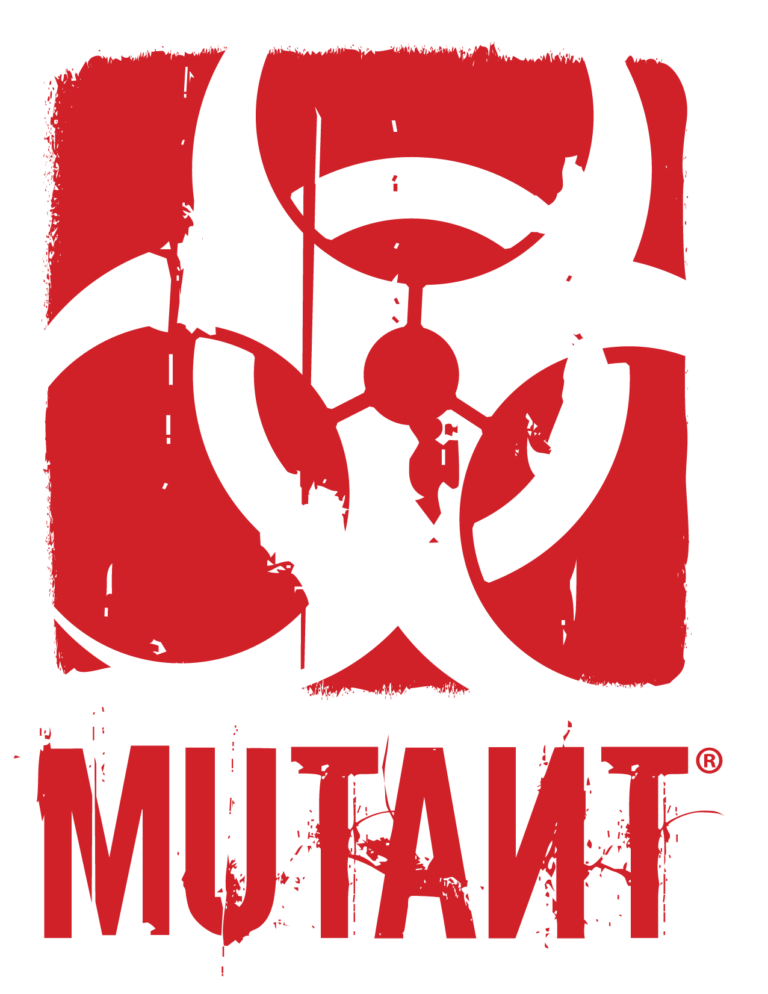By Lindsay Kent
The Beauty Blog
Getting clients to make important shifts in their nutritional habits and understand the impact it will have on their goals is often a trainer’s biggest challenge. One key change that seems to terrify our clients, especially women, is the notion of eating more to lose weight. Somewhere along the way, they have come to believe that starvation and a hibernating metabolism lead to effective body-composition changes.
Understanding the “why” behind such practices as eating every few hours—to stabilize blood sugar and create homeostasis—will reinforce that there is always a method to the madness of exercise and nutritional programming. The thermic effect of food, formerly known as specific dynamic action, is the key to unlocking your metabolism and giving your training and nutritional efforts a significant edge.
The TEF factor
The thermic effect of food, or TEF, is the caloric cost of processing and digesting the macronutrients in your diet. Every time you eat, the boost of energy your body experiences increases your metabolism through the engagement of hormones and enzymes and the unique interplay of the body’s systems. Basically, different foods require different amounts of energy to process, and the right foods can cause the body to burn more calories and create a heightened metabolic effect.
Macronutrient Costs
Each of the macronutrients has a different “cost of energy.” Digesting fat uses 0 to 5 percent of total calories consumed, which is small and potentially an undesirable cost.
Carbohydrates use 10 to 20 percent of calories, and protein requires a whopping 20 to 30 percent. Making protein the cornerstone of your diet will keep your TEF factor high and your metabolism busy.
The key to keeping your metabolism active is to eat every few hours, up to five or six times a day, and make sure the cost of each meal is high.
Individualization
Knowing how to pairing specific foods together in specific amounts based on your activity level and lifestyle is an important tool. Each person’s TEF factor as well as calorie needs and expenditures will vary as activity levels and metabolic function increase, so you’ll need to be tweaking and adjusting constantly. I won’t go into detail on that here, but, generally, the body needs a certain number of calories to keep the metabolism humming as well as to maintain blood and oxygen in the brain and muscles and power breathing, digestion, and brain function. Your body type, along with your specific goals, will dictate what percentage of calories you need from each of the macronutrients, but the cornerstone of your diet should be protein in order to challenge your metabolism and rev up your calorie-burning potential.
Meal Timing
The frequency with which you eat throughout the day also plays a role in keeping your inner fire stoked. Studies indicate that eating infrequently can actually lower your thermic effect. In fact, research done at Queen’s Medical Center in Canada showed that with a stabilized schedule of eating and food compliance, TEF factors increased significantly over time, with decreases in those who ate irregularly.
Exercise and TEF
It’s important to remember that your TEF factor is part of a total wellness package, which includes calories, food selection, meal timing, and exercise. We are all aware of the multiple benefits of exercising regularly, but it has also been shown to increase your natural TEF considerably, even after just one sweat session.
In addition, studies indicate that although the TEF of carbohydrates is significantly less than that of protein, you can increase it when you take in the carbs after your training session.
Foods That Will Ignite Your Furnace
Now that we’ve established that you need to eat the right balance of macronutrients, have several feedings a day on a stabilized pattern, and make exercise a regular part of your routine in order to enhance your TEF factor, the question becomes how to maximize TEF with your food choices. With protein, the cornerstone of your meals, choose high-quality proteins that will stabilize your blood sugar and make your metabolism work. Good protein choices include lean beef, chicken, turkey, tuna and other fish, milk and other dairy products, egg whites, and whey protein sources.
You will also want to include high-fiber carbohydrates such as fibrous fruits and vegetables, as they will keep your TEF at 20 percent—the high end of the range mentioned above—while supplying key minerals, vitamins, phytochemicals, and antioxidants. High-fiber carb choices include sweet potatoes, which are potassium-rich, along with whole-grain cereals, brown rice, broccoli, legumes, nuts, and seeds.
Although fats are at the lower end of the spectrum with their small calorie-burning cost, increasing your TEF only by 5 percent, you should include them in your diet, as they will help limit increases in the fat-storing hormone insulin, help you feel full when you’re on a diet, and maintain your blood sugar. Healthy fat sources include nut butters, olives, oils, and seeds.
Spices
Adding certain spices to your diet is a great way to improve your TEF factor. The U.S. Department of Agriculture demonstrated that taking just a quarter teaspoon to a teaspoon of cinnamon a day can increase it 20-fold! Other spices that can have a positive effect on your TEF include ginger, cloves, cayenne, coriander, bay leaves, and dry mustard.
An added benefit of using these spices is that they increase your thirst, helping you stay hydrated throughout the day, another important metabolic factor.
Simple Changes
The takeaway here is that by making simple behavioral shifts in your food choices, eating every two to three hours on a regular basis, and making exercise part of your daily routine, you can take advantage of your body’s natural processes and burn more calories, optimizing composition and overall nutrient consumption. Basically, though, you need to eat! By understanding the concept of the thermic effect of food and keeping your energy and metabolism high, you can create a firestorm of energy!
Looking for more useful diet tips, visit the DigitalMuscle.com Weight Loss Blog!

A former captain of a Junior Olympic volleyball team, Lindsay Kent loved testing her limits and digging deep to push herself to the next level. A professor at the International Sports Sciences Association (ISSA) College of Exercise Science, Lindsay also owns her own training business, Lindsay Kent Fitness. She holds the prestigious designation of Master Personal Trainer, specializing in Fitness Nutrition, Strength and Conditioning, Exercise Therapy, Youth and Senior Fitness, and Athlete/Functional training. A spokesmodel for ISSA, Lindsay writes for various fitness publications and we proud to have her on our team here at DigitalMuscle.com.





